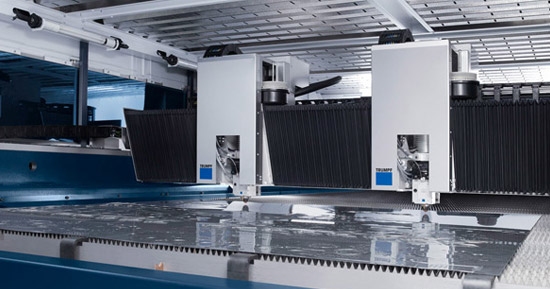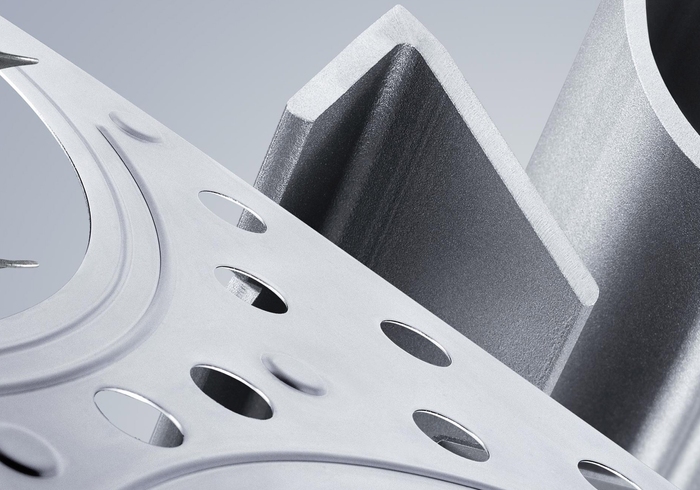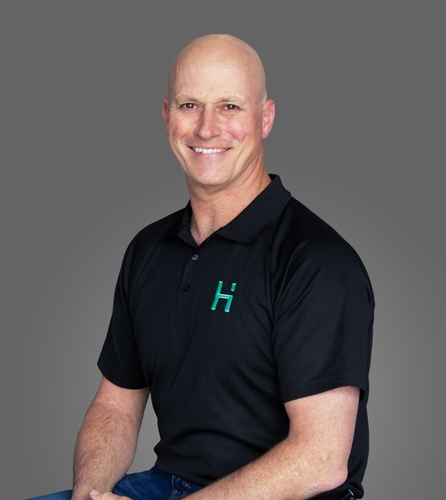What’s the ultimate laser for your application – should I choose Fiber laser, also known as Solid State Laser (SSL), or a CO2 laser?
Answer: It depends on the type and thickness of the material you are cutting.
Why?: Due to the rate at which the material absorbs the laser. You need to choose the right laser for your application.
The absorption rate is influenced by the wavelength of the laser and also the angle of incidence.
Different types of lasers have different wavelengths, for example the fibre (SSL) laser’s wavelength is far smaller at 1 micron (on the right) than the CO2 lasers wavelength at 10 micron, shown on the left:

The angle of incidence means, the distance between point at which the laser beam hits the material (or surface), perpendicular (at 90) to the surface, so where it makes a T shape.
The angle of incidence increases (shown as a1 and a2 below) as the material increases in thickness. You can see below that with the thicker material, the orange line is at a greater angle than the blue line on the diagram below.

Which laser type for which application?
Fiber Laser/SSL
Highlights
- Speed – Faster than CO2 lasers in thin materials as the laser can be absorbed quickly with a slight lead in speed when cutting with Nitrogen (fusion cutting).
- Cost per part – less than the CO2 laser depending on sheet thickness.
- Safety – Strict safety precautions must be taken (machine is completely enclosed) as the laser light (1µm) can pass through very narrow openings in the machine’s frame causing irreparable damage to the eye’s retina.
- Beam guidance – fiber optics.
CO2 Laser
Highlights






